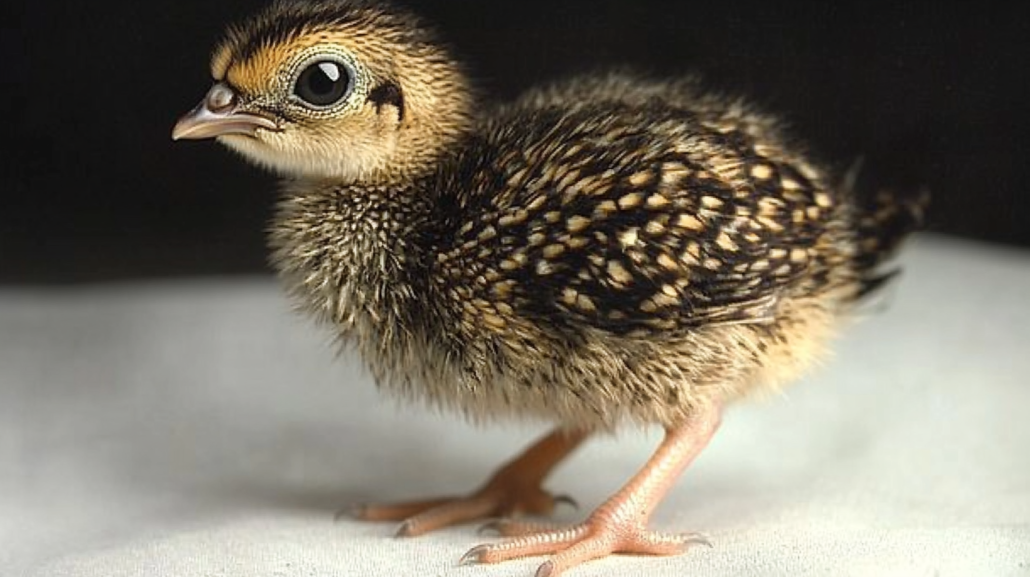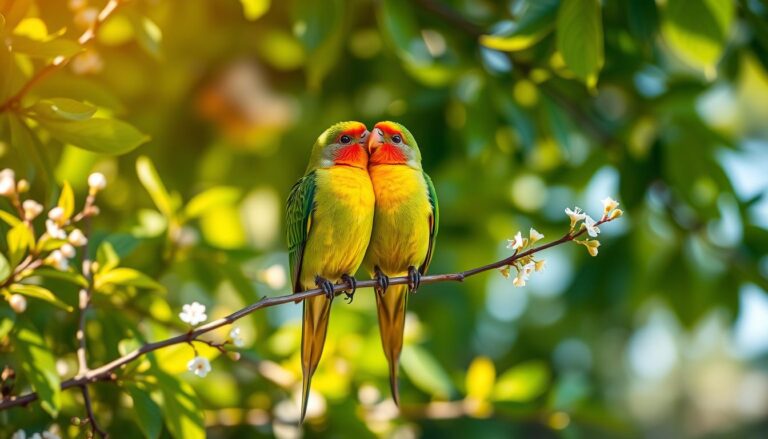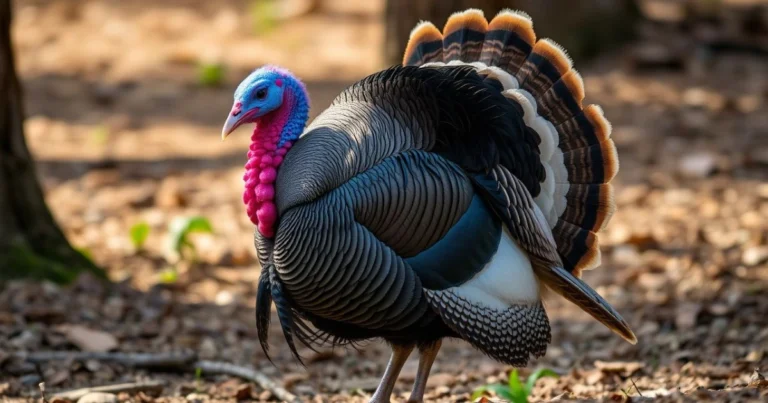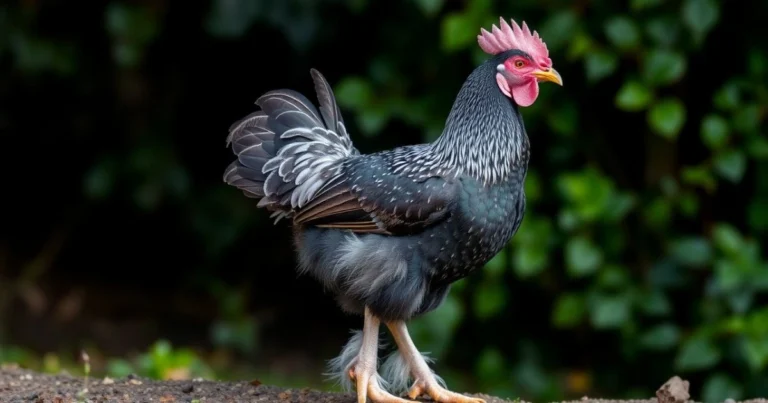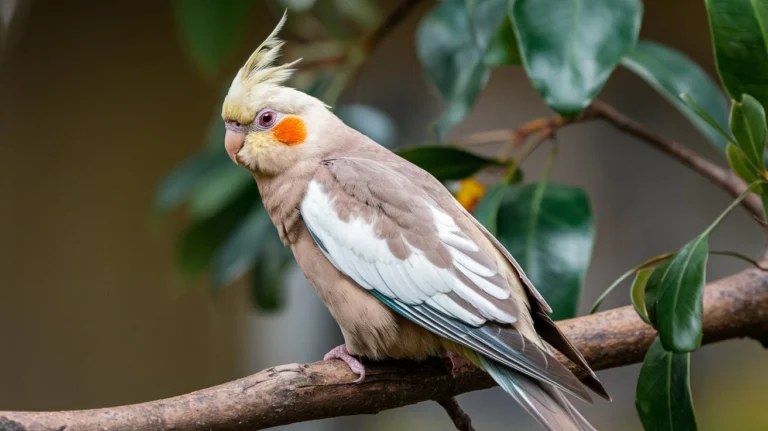Baby Quail: 9 Positive & Dynamic Tips
Introduction
Imagine a cluster of tiny, downy baby quail scampering around, each barely bigger than a bumblebee. Their high-pitched peeps fill the air, and they dart about in constant activity—pecking at feed, scurrying away from sudden movements, or dozing in a cozy corner of the brooder. For many small-scale poultry keepers or bird lovers, glimpsing a fresh hatch of baby quail is a magical, heartwarming experience. These delicate little fluff-balls exude a certain charm that belies the surprising speed at which they grow and adapt to the world.
Whether you’re hoping to raise baby quail for eggs, meat, or simply the joy of watching them flit around your yard, you’re stepping into a long, rewarding tradition. Quail have served as valuable game birds for thousands of years, revered for their tender meat and prolific egg production. Today, they’ve also become popular in backyard setups and homesteads, thanks to minimal space requirements and generally docile temperaments. But caring for baby quail—especially in those earliest days and weeks—requires thoughtful planning and a touch of expertise. In this guide, you’ll learn about the essential steps: from selecting quail breeds, setting up a safe brooder, offering the right diet, and guiding them toward a healthy, robust adulthood. Disclaimer: Always consult local laws and a qualified veterinarian or avian specialist for detailed guidance on raising or keeping baby quail, as this article is for informational purposes only.
Overview of Quail and Their Life Stages
Common Quail Species for Backyard Enthusiasts
Many people in the USA who raise or encounter baby quail typically deal with:
- Coturnix Quail (Japanese Quail): Arguably the most popular choice for beginners, known for speedy maturity and consistent egg-laying.
- Bobwhite Quail: Native to North America, prized for a distinct whistling call and valued as a game bird.
- California Quail: Boasts a top-knot plume and is often admired in ornamental or wildlife-friendly yards.
While each species has its own subtle differences, they share key aspects of growth patterns, feeding needs, and habitat preferences. Each of these species can yield adorable baby quail that thrive under similar brood care strategies.
Typical Development Milestones
How quickly do baby quail transition to adult quail? Let’s break down the basics:
- Hatch Day (Day 0): baby quail emerge from eggs, damp and slightly unsteady. They need a warm, draft-free environment.
- First Week: They become more mobile, begin exploring feed and water, and rely on a constant heat source (brooder lamp).
- 2–3 Weeks: Down feathers gradually give way to juvenile plumage. Quail begin testing short flights if not covered.
- 4–5 Weeks: A strong appetite for protein fosters rapid body growth; you’ll notice distinct quail features forming.
- 6–8 Weeks: Sexual maturity approaches in some species (e.g., Coturnix), with roosters crowing and hens laying tiny test eggs.
(Note: Timelines vary slightly by species, but these general guidelines apply well to Coturnix Quail, the most commonly raised variety.)
Generational Reasoning
While quail in the wild typically rely on their parents for warmth and early feeding direction, domestic-living or artificially incubated baby quail depend on you for an environment that meets their temperature, nutrition, and safety requirements. By offering stable conditions from day one, you ensure your baby quail remain healthy, robust, and free from preventable ailments like dehydration or chilling.
Getting Started: Incubation and Hatching
Selecting the Right Incubator
If you plan to hatch your own baby quail, it starts with choosing an incubator that can regulate temperature (around 99.5°F) and humidity (around 45–50% initially, higher in the final days). Key features to look for:
- Automatic Egg Turner: Minimizes the need for manual egg rotation.
- Good Ventilation: Quail embryos need fresh oxygen for healthy growth.
- Precise Thermostat: Quail eggs can be sensitive to temperature fluctuations.
Egg Care and Setting
- Egg Source: Reputable breeders or your own healthy flock (ensuring eggs are fresh, clean, and not older than 7–10 days).
- Candle Checking: About a week into incubation, candling identifies viable embryos by showing blood vessels or small movements inside.
- Lockdown Phase: The final 2–3 days, you raise humidity (about 60–65%) and avoid opening the incubator to prevent drying out the hatching membrane.
Hatching Process
Quail eggs generally hatch on Day 16–18, though species may differ slightly. A newly hatched baby quail will rest, drying off for up to 24 hours before venturing to feed. Resist the urge to keep opening the incubator or interfering—excess meddling might cause wide temperature drops or disrupt unhatched chicks. Once most hatch, move the baby quail to a heated brooder with no drafts or abrupt chills.
Creating the Perfect Brooder Setup
Brooder Basics
A brooder is a controlled environment that provides:
- Consistent Heat: Typically 95°F for the first week, reducing by ~5°F each week until ambient temperature is safe for feathered chicks.
- Bedding: Use paper towels or absorbent material for the first few days, preventing splay leg from slick surfaces. Afterward, you can shift to pine shavings. Avoid cedar (toxic fumes) and surfaces that are too slippery.
- Space: About 0.5 square foot per chick initially, though they’ll need more as they grow.
Lighting and Temperature Management
- Heat Lamp: A red or infrared bulb fosters warmth without too much bright glare. Ensure a thermometer in the brooder to confirm correct temperature.
- Observing Behavior: If baby quail huddle under the lamp, it may be too cool. If they scatter away from it, they might be overheating. Adjust lamp height or wattage accordingly.
Water and Feed Access
baby quail need a shallow water dish—submerge marbles or small pebbles in the reservoir to keep them from falling in. For feed, a specialized quail or game bird starter crumble with ~24–28% protein ensures healthy bone and feather growth. Refill frequently, as these active chicks scatter feed around.
Feeding a Baby Quail: Nutritional Essentials
High-Protein Diet
All young quail, including baby quail, require a diet with higher protein than typical poultry. The University of Florida IFAS Extension suggests 24–28% protein for quail starter feed. This fosters robust growth and early feather development—crucial for their quick transitions to juvenile stage.
Transitioning Feeds
- Starter Crumble: Use for the first 4–6 weeks.
- Grower Feed: Around 6–8 weeks, switch to 18–20% protein feed as they mature.
- Layer Feed: If you plan to keep hens for egg-laying, a feed with adequate calcium can come into play, though many keepers rely on game bird layer formulas.
Supplements or Treats
Light supplementation with scrambled eggs or mealworms can provide variety. You can also scatter finely chopped greens or small seeds, but ensure these don’t overshadow the balanced feed. Over-treating with scraps can lead to malnutrition, so keep extras minimal.
Behavior and Social Dynamics
Social Hierarchy
Though quail might appear docile, baby quail can exhibit pecking order behaviors from a young age. Overcrowding or inadequate feeding stations can spur aggression or feather pecking. Provide multiple feeding/watering points, especially if your brood is large, so each quail has space to eat and drink peacefully.
Handling and Taming
Frequent gentle handling from early on can help baby quail become calmer around humans. Cup them softly in your hands, supporting their delicate bodies. Sudden motions can startle or injure them, so maintain a quiet, deliberate manner. Over time, properly socialized quail might allow brief hand-feeding or perching on your hand.
Common Challenges
- Feather Picking: Often a sign of stress, crowding, or nutritional deficits.
- Cannibalism: Rare but can occur if conditions are severely overcrowded or feed is insufficient in protein.
- Flight Risk: As soon as they grow flight feathers, baby quail might attempt short flights. A covered brooder is essential to prevent escapes or collisions.
Health Considerations and Illness Prevention
Common Ailments
- Coccidiosis: A parasitic disease causing diarrhea, lethargy, and dehydration. Good sanitation helps prevent its spread.
- Respiratory Infections: Poor ventilation or high ammonia levels in brooders can lead to sneezing, discharge, or difficulty breathing.
- Leg Issues (Splay or Spraddle Leg): Slippery brooder floors can cause legs to splay outward. Using textured bedding solves or prevents it.
Daily Observations
Observe droppings, posture, and energy levels. A healthy baby quail is bright-eyed, active, with well-formed droppings. Keep an eye out for any chick huddling in a corner (could indicate chilling or illness) or showing reluctance to eat. If suspecting sickness, isolate the chick and consult a vet knowledgeable in game birds or poultry.
Biosecurity Measures
- Handwashing: Before and after brooder contact to avoid spreading germs.
- Sanitizing Equipment: Feeders, waterers, and brooders cleaned regularly with mild disinfectant.
- Quarantine New Birds: If you add to an existing flock, quarantine new baby quail for at least 2 weeks to ensure no diseases pass between groups.
Raising baby quail to Maturity: Housing Considerations
Indoor vs. Outdoor Enclosures
Some keepers transition their baby quail to a larger indoor pen as they approach 4–6 weeks old. Others may have a weather-sheltered outdoor aviary with safe fencing. The key? Offer predator-proof housing that maintains dryness, moderate temperature, and ensures no chance for quail to slip through mesh or gaps.
Space Requirements
While quail are small, they still need enough space to roam:
- Starter: 0.5 sq. ft. per chick initially in the brooder.
- Grow-out: 1–2 sq. ft. per quail once older. For breeders or adult layers, more space fosters healthier birds and reduces stress.
Flooring and Substrate
Outdoors, you might provide well-draining soil or sand. Indoors, pine shavings or straw can suffice, but replace soiled bedding regularly to minimize ammonia. For flighty birds, keep netting overhead or a secure roof, as quail can flush upward abruptly if startled.
Nesting or Laying Areas
If you plan on collecting quail eggs, set up small corners or nest boxes with straw. Some quail will just drop eggs anywhere, but a cozy nest might encourage consistent laying spots. The same nest area can also reduce egg breakage if you do produce layers.
Ethical and Legal Aspects
Local Regulations
In some regions, raising quail—especially wild or migratory species—could be regulated. For example, states often allow raising domestic Coturnix quail with minimal licensing, but Bobwhite or other native species might need special permits. Check local wildlife or agriculture departments for guidelines.
Ethical Treatment
- Provide enough room, ensuring baby quail aren’t overcrowded.
- Ensure daily feed and water checks.
- Avoid breeding beyond your capacity to house or rehome responsibly.
If you can’t keep extra roosters or spares from unexpected hatch rates, have a plan (like offering them to other keepers or local 4-H clubs) instead of irresponsible release, which can harm local ecosystems.
Conservation Impact
Raising domestic quail varieties rarely threatens wild quail populations. However, releasing captive quail into the wild can cause genetic dilution or disease spread. For wildlife restocking programs, coordinate with official conservation bodies rather than operating independently.
Comparisons with Other Game Birds
Quail vs. Chickens
Chickens require more space, produce larger eggs, and typically take longer to mature. baby quail, on the other hand, reach adult size more quickly—some can lay eggs at 6–8 weeks. Quail eggs are smaller but nutritionally rich, making them prized by chefs for gourmet presentations.
Quail vs. Guinea Fowl or Pheasants
Guinea fowl can be noisier and bigger; pheasants need more specialized flight pens. baby quail remain more compact, and you can manage them in smaller areas with more straightforward feeding routines. Each species has distinct noise levels, personality traits, and needs for flight space.
Hybrids and Crossbreeding
In general, different quail species (like Coturnix vs. Bobwhite) rarely produce viable hybrids. Focus on your chosen species to maintain pure lines and consistent traits. Attempting cross-species breeding can lead to poor hatch rates, weaker chicks, or unpredictable adult characteristics.
Is it Worth It to Raise baby quail?
Benefits
- Fast Maturation: Some species start laying at 6 weeks, enabling quick yield of eggs or growth to table size.
- Space Efficiency: baby quail can be raised in smaller enclosures than chickens require.
- Unique Eggs and Meat: Quail eggs are a delicacy, and quail meat is lean, making them marketable or fun for home consumption.
Drawbacks
- Fragile Chicks: Higher mortality risk if the environment or diet is off, requiring more careful oversight.
- Limited Egg Size: Quail eggs are tiny, so you need multiple eggs per meal if feeding a family.
- Noise or Odor: Males can crow (though softer than roosters), and poorly maintained coops can generate odor quickly.
Potential ROI
Some keepers sell quail eggs at premium prices or supply them to local restaurants. Others enjoy these game birds simply as a personal hobby or for sustainable backyard protein. If approached responsibly, raising baby quail can be both rewarding and cost-effective, especially given minimal feed usage and rapid turnover from chick to egg-laying adult.
FAQs
How do I feed baby quail?
Provide a protein-rich game bird starter crumble. baby quail also enjoy safe, supplemental treats like mealworms. Always maintain fresh water and replenish feed regularly.
Is it possible to keep baby quail inside my home?
It works with a secure, temperature-controlled brooder. baby quail thrive under stable indoor conditions until they’re older. Transition them outdoors once fully feathered and temps permit.
Are baby quail care requirements different from chicken chicks?
They do require certain adjustments like higher protein rations. baby quail also need stable warmth and minimal drafts. Their rapid growth demands quicker changes in environment.
When do baby quail reach adulthood?
They develop rapidly and can be mature around two months. baby quail in certain breeds begin laying eggs as early as six weeks. Expect a swift shift from fluff to fully-feathered adult.
Must I vaccinate my baby quail?
Usually, it’s uncommon for small-scale flocks. baby quail remain healthy with proper sanitation and nourishment. If you suspect regional diseases, ask a vet about relevant immunizations.
Can baby quail cohabitate with chickens?
It’s possible but can be risky if size differences or disease transmission occur. baby quail might get bullied by larger birds or catch illnesses. Keeping them separate or in species-specific enclosures is generally safer.
Should I house baby quail alongside my hens?
Not recommended, as size and pathogens pose issues. baby quail can suffer bullying or infections from bigger birds. A dedicated quail setup ensures safety and optimal health.
Conclusion
Baby quail might be small, but they brim with character, quick growth, and the potential to yield a bounty of tiny eggs in mere weeks. Whether you’re raising them for personal enjoyment, sustainable protein, or as a novel addition to your poultry lineup, understanding their specialized brood care, diet, and environment is crucial. By offering a warm, draft-free brooder, high-protein feed, and patient handling, you’ll watch your baby quail transform from fragile hatchlings into lively, independent juveniles in practically no time. Curious about more advanced hatching techniques or eager to refine your brooding setup? Share your experiences in the comments below—together, we can keep the tradition of raising baby quail going strong, one adorable chirp at a time.
For a deeper look at incubating quail eggs, you can explore insights from this resource.
For additional information on game bird care and small-scale poultry management, visit the
United States Department of Agriculture (USDA) website. They offer guidelines on biosecurity, nutrition, and best practices for various livestock species, including fowl like baby quail.

